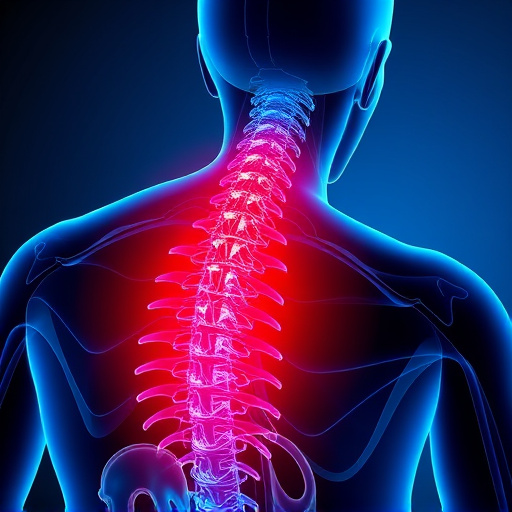Optimizing engine performance through understanding torque curves is crucial, with factors like air intake efficiency and combustion processes playing key roles. Cold Air Intakes (CAIs), which deliver cooler, denser air, have gained popularity due to dyno-verified results showing increased horsepower, torque, fuel efficiency, and reduced emissions. CAI installations, backed by precise dynamometer testing, offer affordable upgrades for car enthusiasts, leading to improved engine performance, smoother power delivery, and enhanced overall driving experience.
In the pursuit of engine excellence, understanding torque curve dynamics is key. This article explores the intricacies of engine performance through three primary facets: Cold Air Intake (CAI) systems and their dyno-verified potential, optimizing torque output for maximum efficiency, and the strategic benefits of each improvement. By delving into these areas, we aim to illuminate effective paths towards enhancing overall engine performance.
- Understanding Torque Curve Dynamics: The Basics of Engine Performance
- Cold Air Intake: Unlocking Potential with Dyno-Verified Results
- Optimizing for Maximum Torque Output: Strategies and Benefits
Understanding Torque Curve Dynamics: The Basics of Engine Performance

Understanding Torque Curve Dynamics: The Basics of Engine Performance
The torque curve represents an engine’s ability to produce rotational force, or torque, at different RPM (revolutions per minute). It’s a fundamental aspect of engine performance, showcasing how power outputs change as the engine speed increases. A well-optimized torque curve ensures smooth and efficient power delivery, enhancing overall vehicle performance. Key factors influencing the torque curve include air intake efficiency, combustion processes, and exhaust dynamics. One effective method to improve these dynamics is through the installation of a cold air intake (CAI), which delivers cooler, denser air to the engine, boosting combustion efficiency and thus torque output—a point verified through dyno results.
Moreover, controlled testing on a dynamometer (dyno) allows for precise measurement of torque curve changes before and after modifications. By analyzing dyno results, mechanics can identify bottlenecks in the system and make data-driven adjustments to optimize engine performance. This scientific approach ensures that any improvements, such as those achieved through CAI installations, are both measurable and verified, leading to better overall vehicle dynamics.
Cold Air Intake: Unlocking Potential with Dyno-Verified Results

Cold Air Intake systems have emerged as a powerful tool for torque curve improvements in vehicles, offering substantial gains that can be backed by dyno-verified results. By redirecting a larger volume of cold, dense air into the engine’s intake manifold, these systems facilitate more efficient combustion, leading to increased power and torque outputs. Dyno testing serves as an indispensable method for validating these enhancements, providing concrete data on horsepower and torque increases that can be attributed directly to the installation of a cold air intake.
The benefits extend beyond pure performance gains. Cold air intakes often contribute to improved fuel efficiency and reduced emissions due to their ability to optimize airflow, enhancing overall engine performance. Furthermore, these modifications are relatively affordable and easy to install, making them an attractive option for car enthusiasts looking to maximise their vehicle’s potential without breaking the bank. Dyno-verified results ensure that any gains in torque curve are measurable and tangible, giving owners confidence in the effectiveness of their upgrades.
Optimizing for Maximum Torque Output: Strategies and Benefits

Optimizing a vehicle’s torque curve for maximum output involves a strategic approach that can significantly enhance performance. One effective method is to focus on the intake system, particularly by installing a cold air intake (CAI). This simple modification improves airflow, allowing the engine to draw in more cool air, which is crucial for efficient combustion. dyno results verified that CAIs can lead to impressive gains, especially when combined with other optimizations like fuel injection adjustments and timing.
The benefits of such strategies extend beyond improved torque figures. Enhanced airflow ensures better overall engine performance, leading to smoother power delivery and increased efficiency. Moreover, these modifications can contribute to a more responsive driving experience, enabling faster acceleration and improved handling capabilities. With verified dyno results showcasing the potential gains, optimizing the torque curve is a proven method for enthusiasts and professionals alike to unlock their vehicles’ true performance potential.
The optimization of torque curves through techniques like cold air intake, backed by dyno-verified results, offers significant performance gains for engines. By understanding the dynamics of torque curve dynamics and implementing strategic optimizations, vehicle owners can achieve maximum torque output, enhancing overall engine performance. Integrating cold air intake systems, proven effective through dyno tests, ensures efficient airflow, boosting power and fuel efficiency. These improvements not only enhance driving experience but also underscore the importance of verified methods in automotive tuning.














